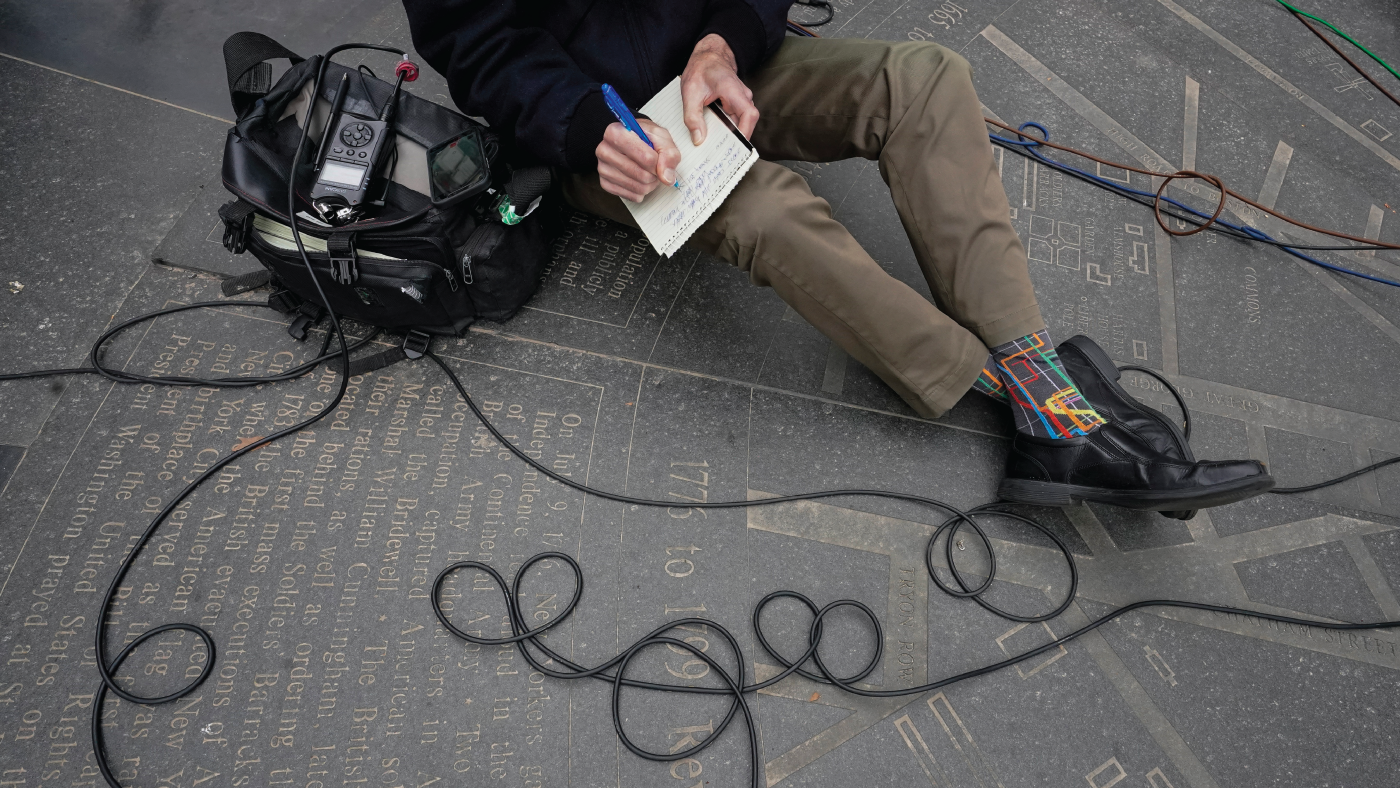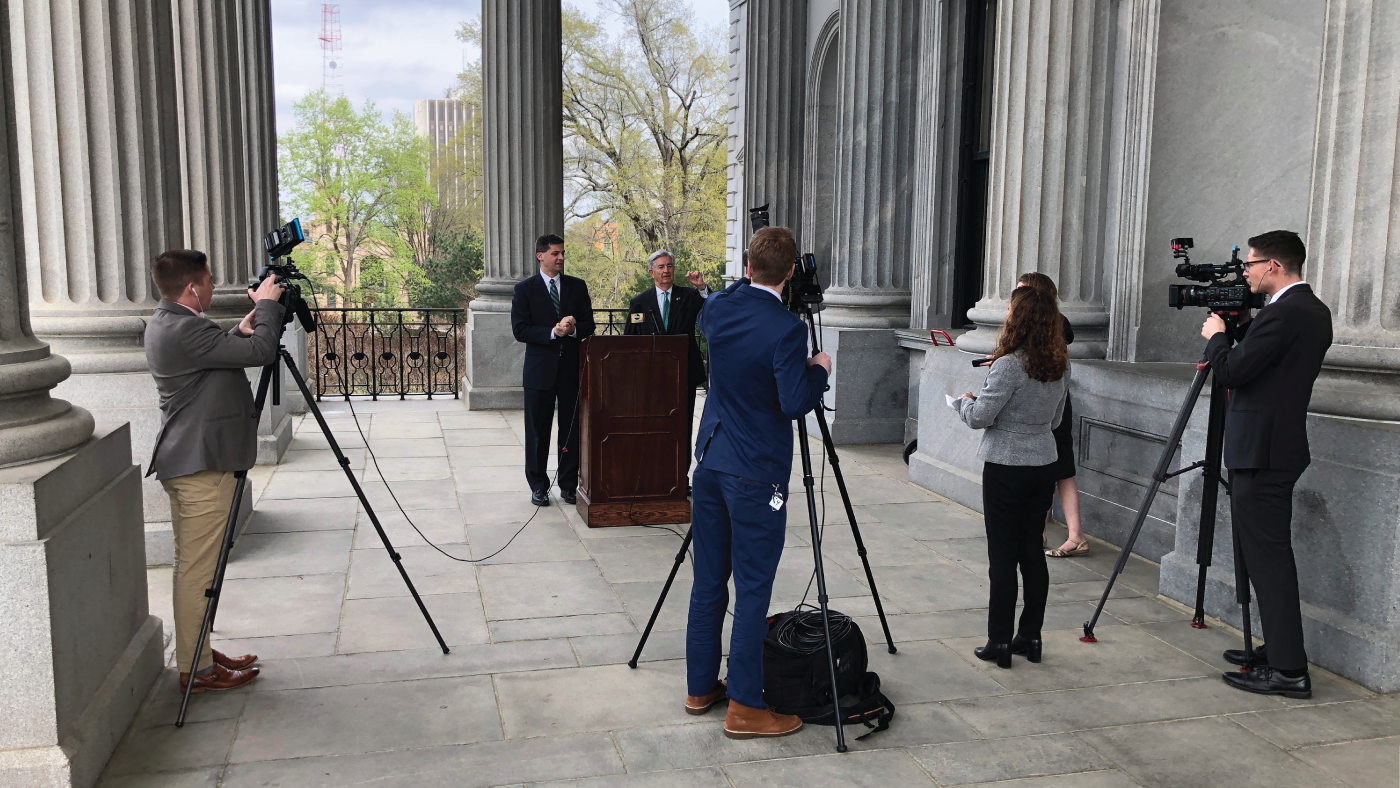
Americans Who Mainly Get Their News on Social Media Are Less Engaged, Less Knowledgeable
U.S. adults in this group are less likely to get the facts right about COVID-19 and politics and more likely to hear some unproven claims.
U.S. adults in this group are less likely to get the facts right about COVID-19 and politics and more likely to hear some unproven claims.
Most Americans (71%) have heard of a conspiracy theory that alleges that powerful people intentionally planned the coronavirus outbreak.
Roughly half of Americans think social media companies should be regulated more than they are now, our survey found.
Democratic lawmakers post more content on Twitter, while the median Republican member now averages more audience engagement than the median Democrat across platforms.
Traffic to digital-native news sites has plateaued in recent years. After rising from 2014 to 2016, it remained steady through 2019.
Those ages 18 to 29 differ from older Americans in their news consumption habits and in their responses to major news events and coverage.
Some 61% of U.S. adults say they follow COVID-19 news at both the national and local level equally, and 23% say they pay more attention to local news.
After three months of news and information, 64% of U.S. adults say the CDC mostly gets the facts about the outbreak right; 30% say the same about President Trump and his administration.
59% of Americans think news organizations do not understand people like them, while a minority – 37% – say they do feel understood.
In March 2020, about three-quarters (74%) of public Facebook posts about COVID-19 linked to news organizations, while just 1% linked to health and science sites.
A survey of U.S.-based journalists finds 77% would choose their career all over again, though 57% are highly concerned about future restrictions on press freedom.
Digital news has become an important part of Americans’ news media diets, with social media playing a crucial role in news consumption.
In recent years, several new options have emerged in the social media universe, many of which explicitly present themselves as alternatives to more established social media platforms.
The total number of journalists assigned to state capitol buildings is up 11% since 2014, though figures vary widely by state.












